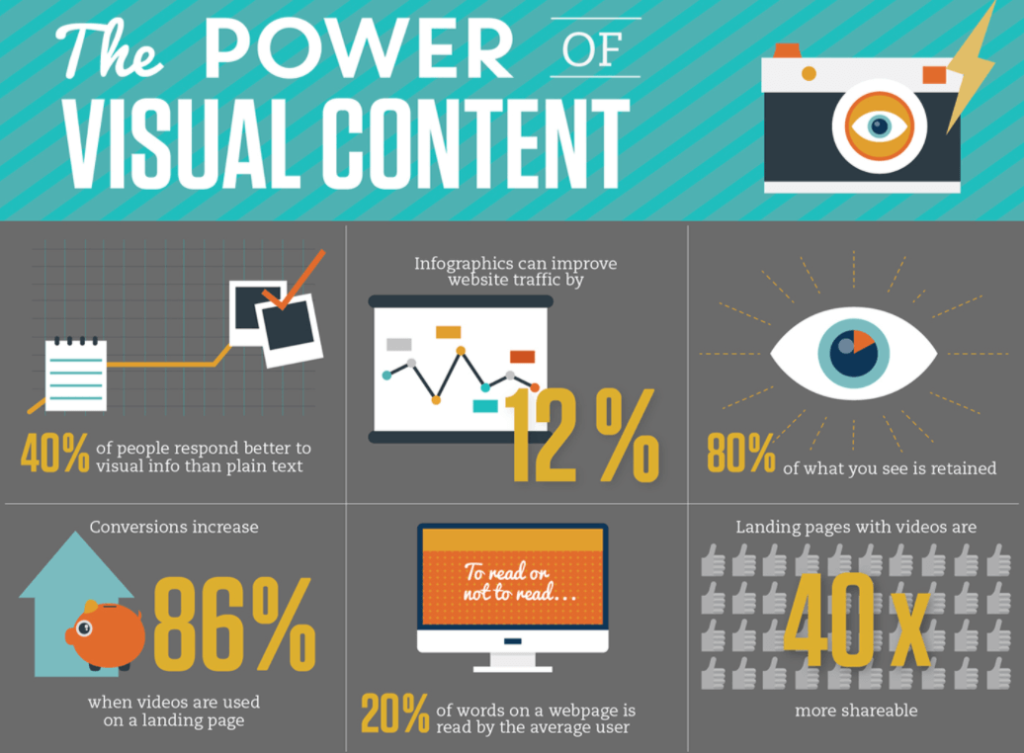In today’s digital age, having an e-commerce website is crucial for retailers to reach their customers and generate online sales. However, simply having a website is not enough – it needs to be designed in a way that is user-friendly, visually appealing, and optimized for conversions. In this article, we will explore ecommerce website design tactics that can help retailers produce online sales.
Why guess? Why suffer from poor results. Work with retail experts and professionals to ensure better results. Retail business experts and marketers assist brands with e-commerce website designs, advertising, and marketing. Not all websites are the same. Talk to an expert about your e-commerce website and brand. Get help. In the meantime, see below the key e-commerce website design tips.
User-friendly Navigation
One of the most important aspects of e-commerce website design is user-friendly navigation. Customers need to be able to find what they’re looking for quickly and easily. Retailers should ensure that their website has clear and concise categories, subcategories, and filters to help customers navigate through their products. The search function should also be prominent and easy to use, enabling customers to find products based on keywords or product names.
High-quality Product Images
Product images are a critical component of e-commerce website design. Customers want to see what they’re buying, and high-quality images can help showcase products in the best possible light. Retailers should invest in professional product photography to provide clear, detailed images that accurately represent the product. They should also allow customers to zoom in on images, see multiple angles, and view product videos if possible.
Clear Calls to Action (CTAs)
Clear and compelling calls to action are essential for e-commerce websites. Retailers should use language that motivates customers to take action, such as “Buy Now” or “Add to Cart.” The CTAs should be prominently displayed on each product page and throughout the website to encourage customers to make a purchase.
Mobile Optimization
With the rise of mobile usage, retailers must ensure their e-commerce websites are optimized for mobile devices. This includes using responsive design, which adapts the layout and functionality of the website based on the screen size of the device. Mobile optimization also includes minimizing load times, simplifying navigation, and using large, easily clickable buttons for CTAs.
Social Proof
Social proof is a powerful e-commerce website design tactic that can help retailers build trust with customers and increase sales. Social proof can take many forms, including customer reviews, ratings, and testimonials. Retailers should prominently display customer reviews and ratings on product pages and consider using social proof widgets to showcase positive reviews on their homepage or in marketing campaigns.
In conclusion, e-commerce website design plays a crucial role in generating online sales for retailers. By focusing on user-friendly navigation, high-quality product images, clear CTAs, mobile optimization, and social proof, retailers can create a website that is visually appealing, easy to use, and optimized for conversions. By constantly refining and testing their website design, retailers can improve their online sales and stay ahead of the competition.
Need some assistance with your e-commerce website? Contact us today and talk to an expert about your website and business goals. Find out more about ecommerce website design tactics that produce sales. Get your improvements made by experts. Need a new e-commerce website. Work with retail specialists. Retail website design services are available.









